Fascinating as it is though, I don't want to delve much into Madeira's natural history here. There is an excellent and very detailed book about it, written by Peter Sziemer, which I was pleased to discover on my recent visit had been translated into and published in English as well. (No, I don't get any commission for linking to that shopping site. But it shows not just the book's cover but its index, too.) Not counting "lower plant life", like algae, lichens or mosses, apparently there were about 790 plant species in Madeira before man arrived, 118 of which are endemic (i.e. existing nowhere else in the world but on this archipelago). Since then, circa 540 more plant species have arrived and spread - either by design (as crop plants, like sugar cane, grapes, chestnuts or ornamental plants) or by accident. This last figure does not include those plants that are confined to parks and gardens, just the ones that have "gone native".
To someone unfamiliar with Madeira (and I will concentrate here entirely on the island Madeira as opposed to the archipelago of that name which includes a few more but much smaller islands) there are a few basic things to know.
a) Madeira is an island of volcanic origin, though luckily any volcano is long extinct.
b) Madeira is very mountainous and fissured.
c) Madeira has a sharp North-South divide.
d) The North is where clouds from the Atlantic arrive, laden with rain, can't cross the mountains which are up to 1862m high (and remember you start at sea level here) and hence have to lose ballast. That means, the North is very wet. That also means the North is very very green. Jungle-like even. It's my personal favourite.
e) The South is much drier, being in the rain shadow. It also is slightly less steep terrain - which in Madeira simply means the mountains do not immediately rise vertically out of the sea but just a little more gradually so more people could settle and farm.
f) In order to have enough water for people, livestock and crops on the much drier southern side of the island, levadas were constructed. These are a network of tiny canals - or rather rills - that channel the water from the wet north to the dry south, laboriously dug into the rocks and cut into the mountains over the centuries. Apparently, today there are more than 2000 km of these levadas. Since they need servicing (e.g. fishing out dead leaves so they won't block the water supply) most have paths running beside them - which double as the most perfect hiking paths. Especially since their gradient is almost negligible. Genius.
g) And finally: In the north-eastern most corner of Madeira, there is a peninsula which is almost desert-dry.
Typical for the lower costal regions apparently were the Canary islands dragon trees (Dracaena draco). This amazing plant - a symbol of Tenerife, by the way - has all but disappeared in the wild. But you do find specimens e.g. in parks and some of them, if old enough, are awe-inspiring. Like the dragons in fairytales, they seem to have a hundred "heads" and if you cut one off two more will grow... Also, they have a reddish sap that has been interpreted as the dragon's blood. Their seeds germinate readily, as we found out. Only a few hundred years to go, then, till we have our own proper home-grown dragon... (No, in this context I don't count!)
Between 600/ 700m and 1200 m above sea level grows Madeira's laurel forest. On the southern side, this has been replaced mainly by eukalyptus, pine and mimosa trees. Driving up the hairpin bends of the road into the mountains, you pass through them: wind down the car window and inhale the eucalyptus aroma! Pure therapy. Especially when, as so often happens, everything is shrouded in clouds and mist. But you are just as likely to come across large areas where the trees have been reduced to a black stump by a wildfire - eerie indeed.
Did it happen by accident, malicious arson or naturally I wonder? Or even, perhaps, with intent in order to reforest with native species? I doubt the latter: like in Australia, young eucalyptus trees sprout from the burnt ground or the seemingly dead stumps again. This is what currently can be witnessed for instance in the mountains above Funchal. On our first visits to Madeira, we walked under mature eucalyptus and mimosa trees there. Now, most of them are burned but the new growth is about two to five metres tall already.
Back to the laurel forest. This is what I'd call the jungle and it is what Madeira's original vegetation mainly consisted of. Four evergreen species of laurel trees are predominant here my guide book says (Laurus azorica, Ocotea foetens, Apollonias barbujana and Persea indica if you must know), seconded by a few others like the Lily of the valley tree (Clethra arborea). The trees are covered with lichens, mosses and ferns like those in a cloud forest. And in the clouds and mist they often are. An absolutely magical world.
Even further above sea-level, you'll come into the realm of the tree heathers (Erica arborea and Erica scoparia) and the blueberry trees (Vaccinium padifolium). The latter in particular was a great favourite with my family during our holiday - guess why? While most hikers were keen to cover long distances, we happily munched our way along the levadas from one abundantly cropping plant to the next and didn't even have to bend down! (We did, however, have to mind our steps if we didn't want to crash several metres down while reaching for those heavily laden branches as the trees were growing from the steep slopes below the path.) I noticed that there were some specimens with spherical fruit while most bore barrel-shaped ones. Are they in cultivation somewhere, I wonder? I've certainly never heard of nurseries offering them for sale.
Strangely enough, it always reminds me of a Christmas tree - although either an alternative one or one weeks after Christmas, as its "branches" are so bare and indeed dead-looking by the time it fruits. But the ripe fruit do look like baubles! Especially as they are so evenly spaced on the plant and no leaves are distracting from them. Sziemer does list an endemic Solanaceae species under the name of Solanum patens. Intriguingly, on googling it there is very little reference and this usually does not include a picture! Google Images throws up many pictures under this search, but it is clear they are all sorts of Solanum species. So is this a truly rare plant, or what? I'd love to know.
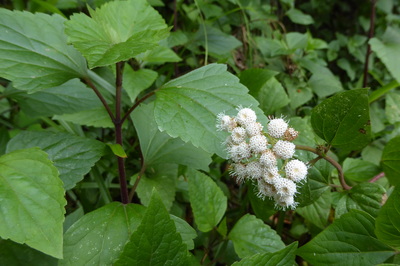
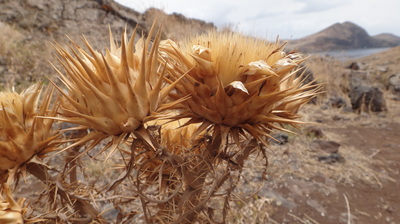
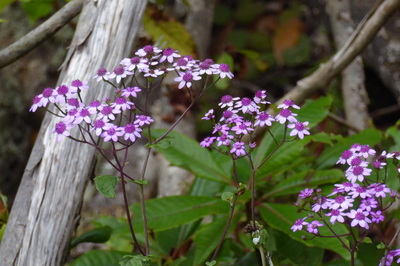
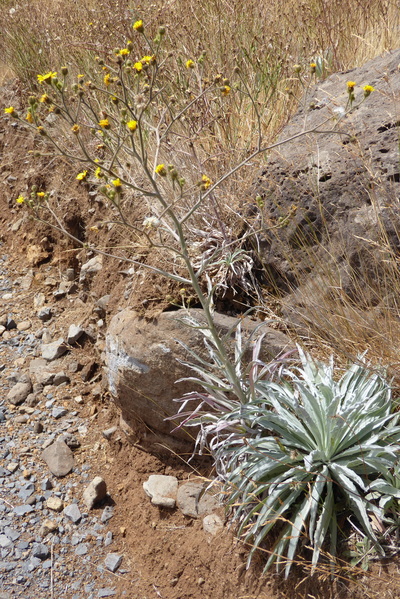
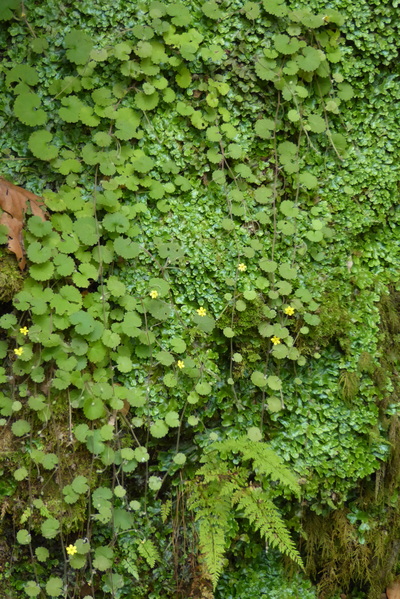
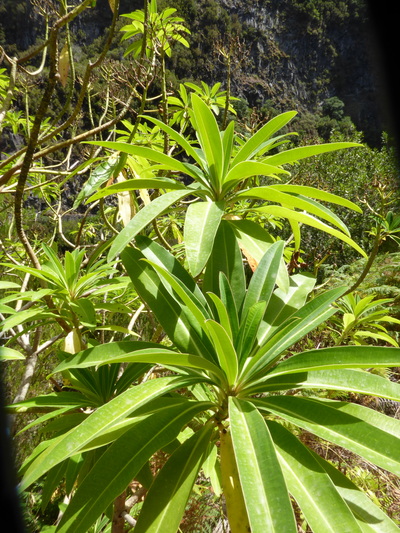
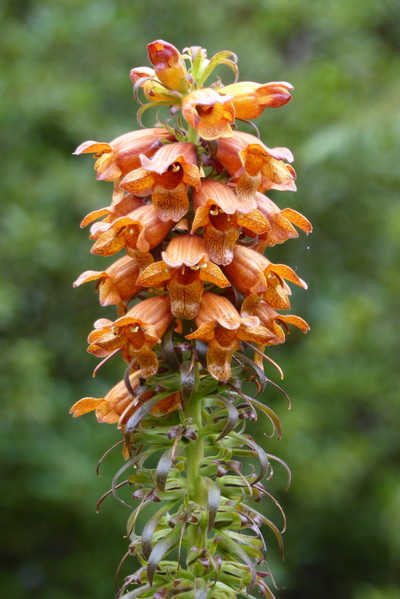
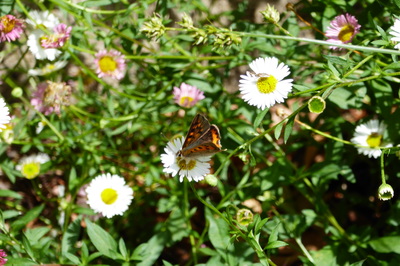
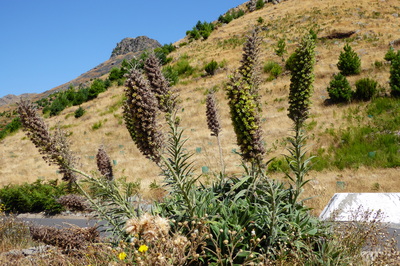
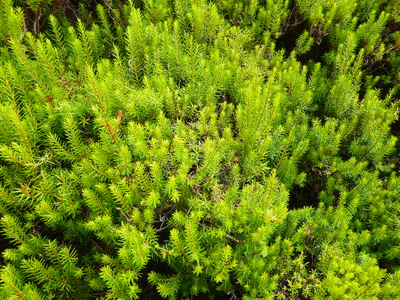
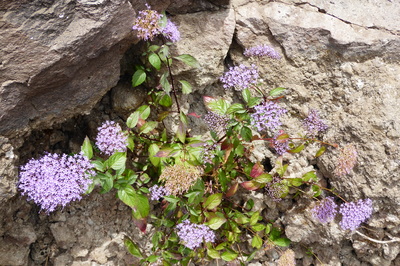
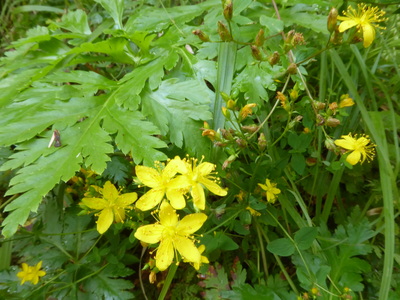
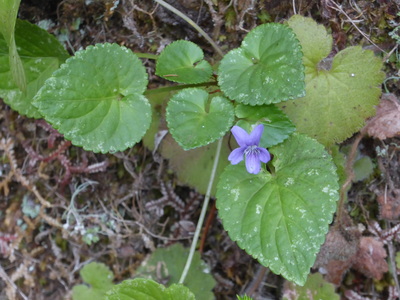
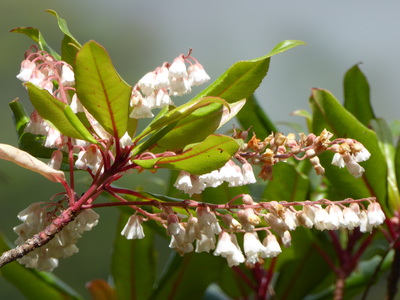
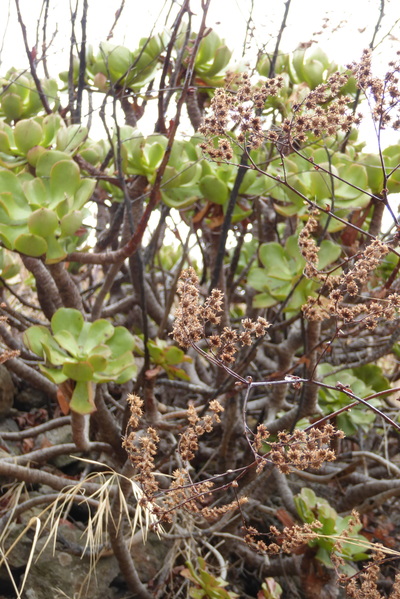
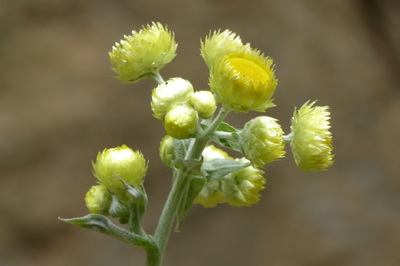
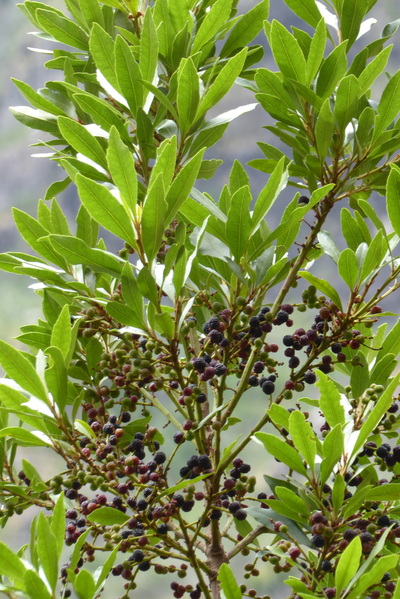
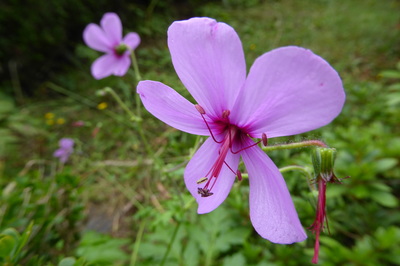
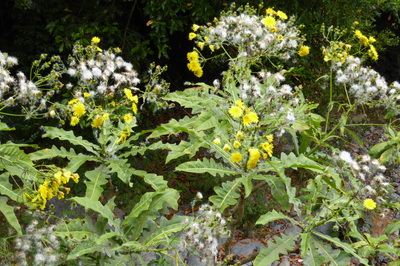
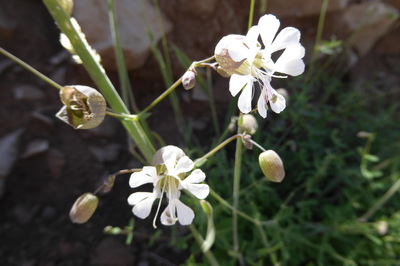
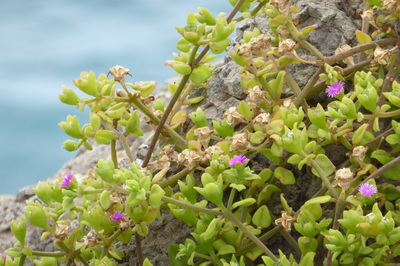
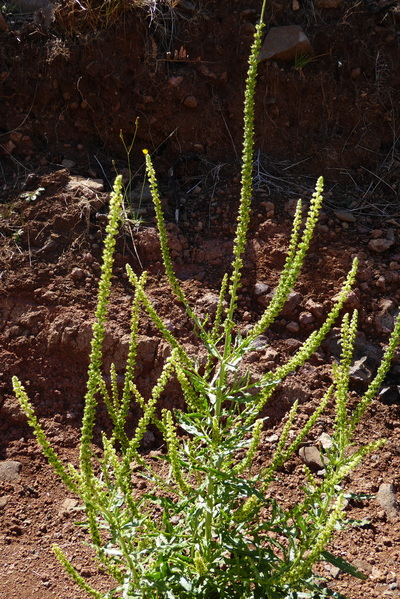
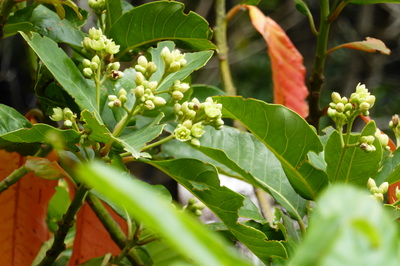
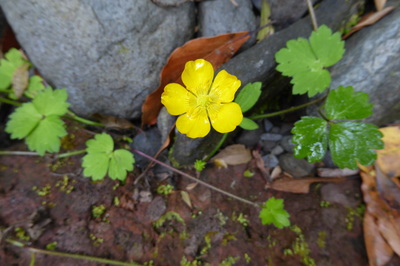
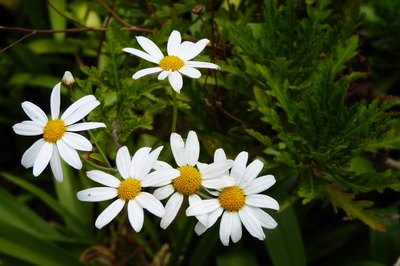
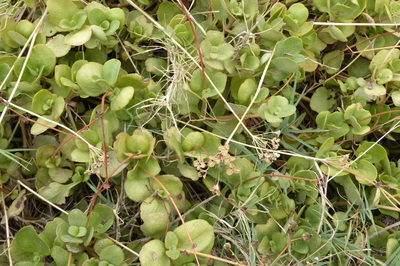
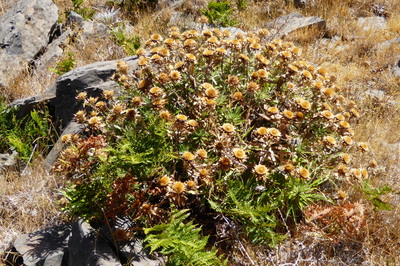
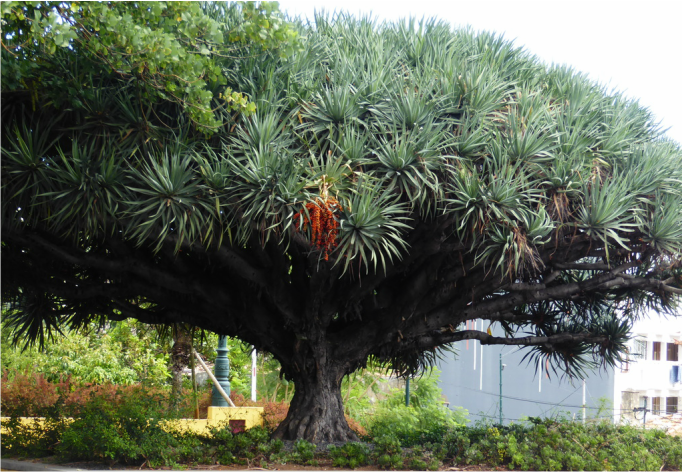
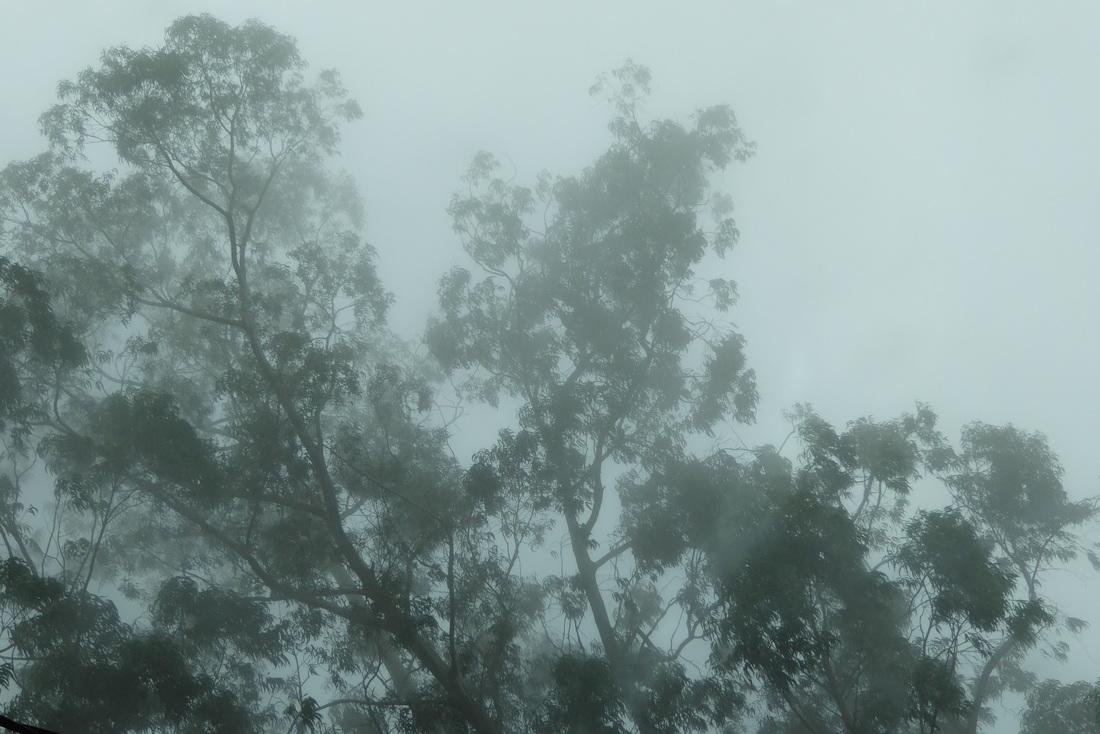
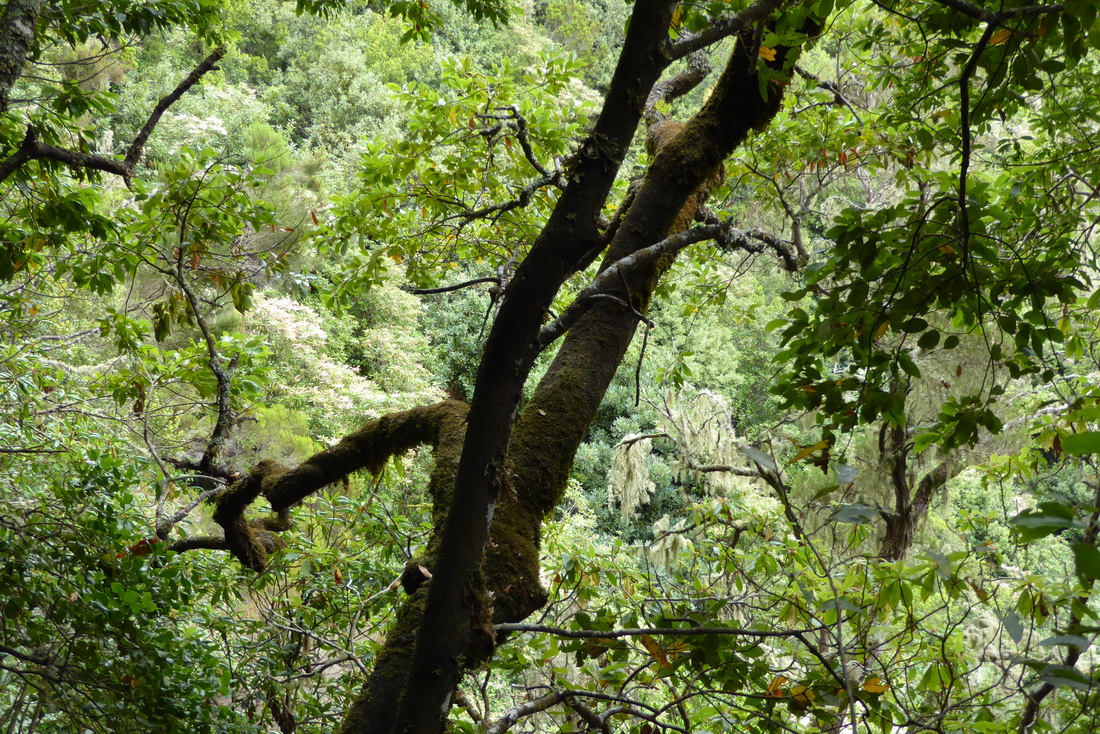
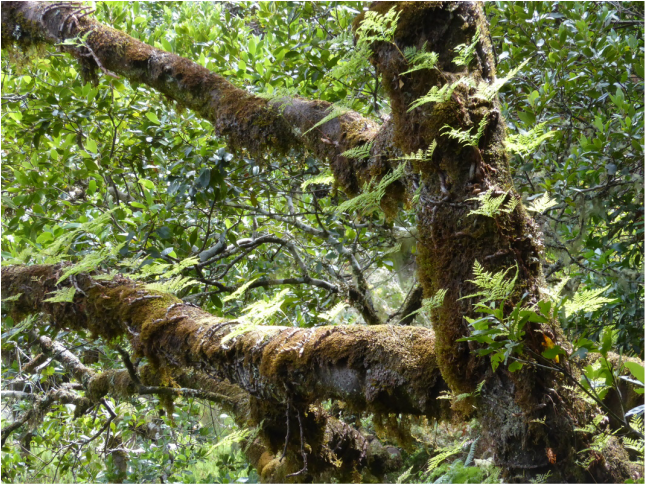
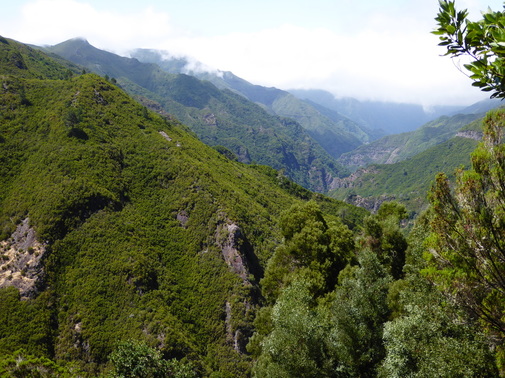
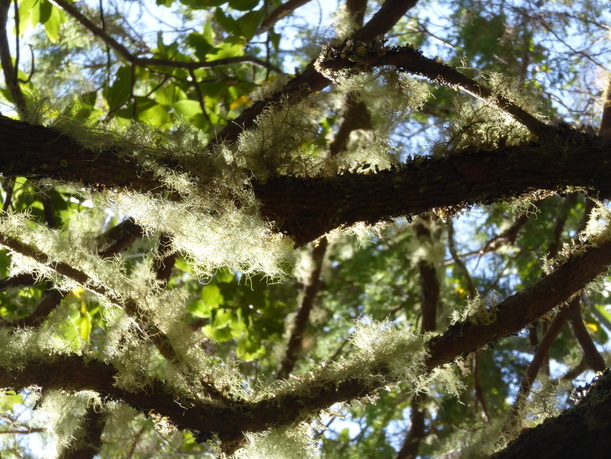
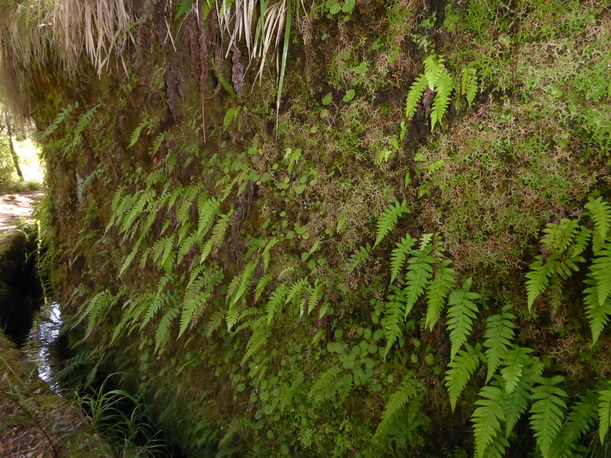
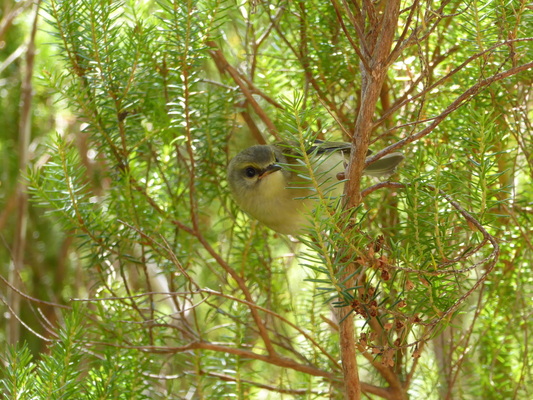
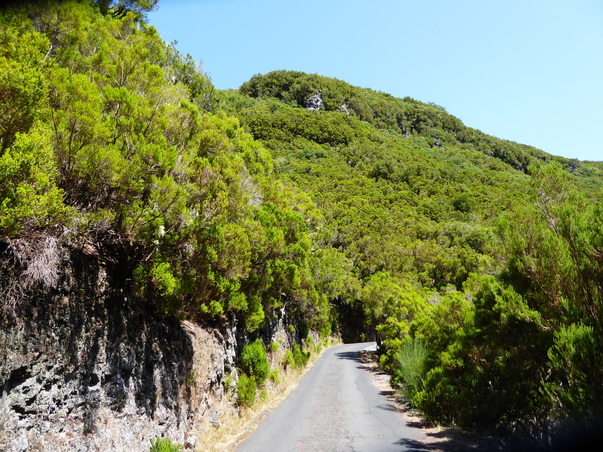
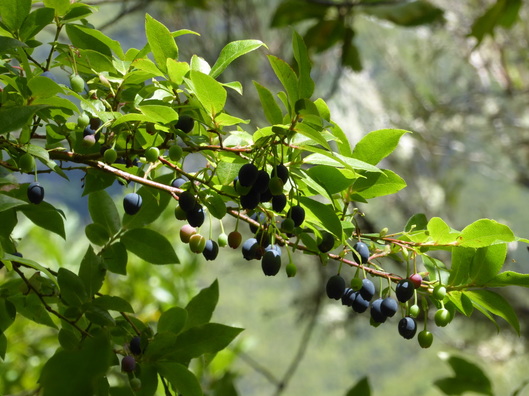
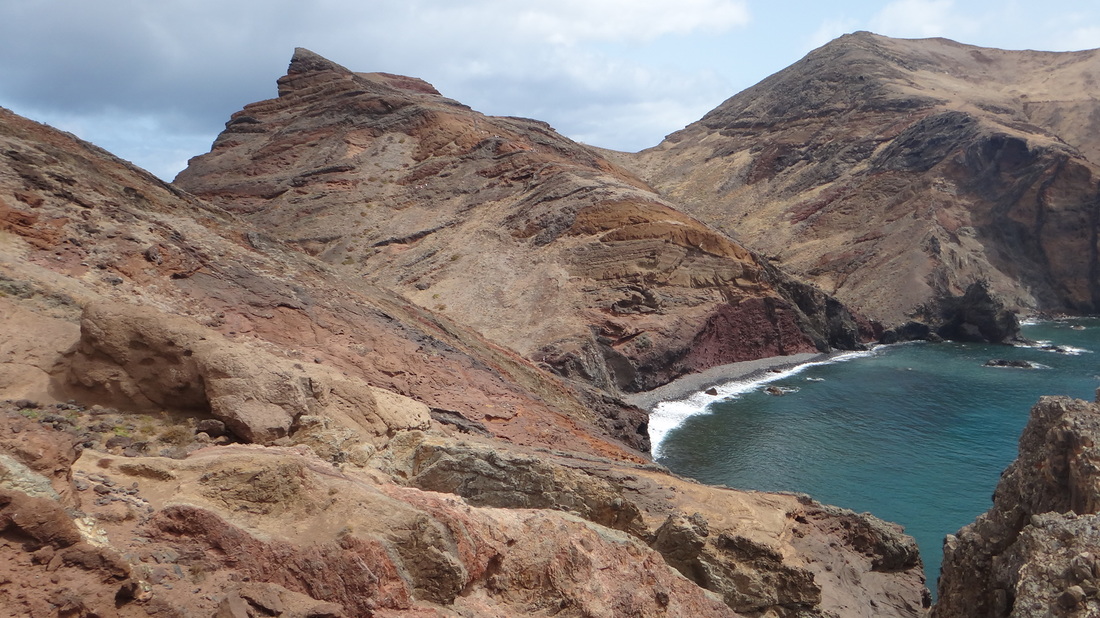
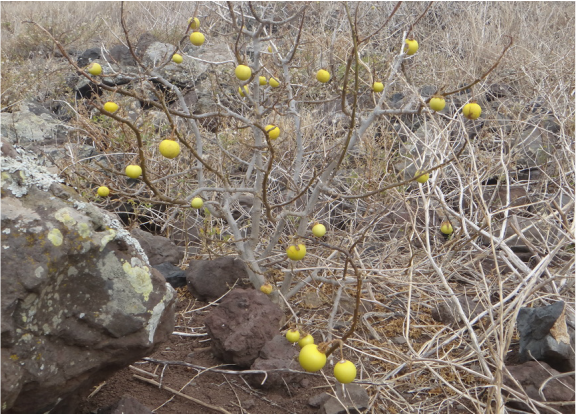
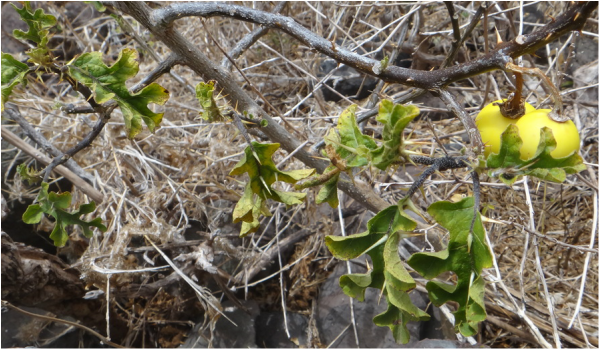
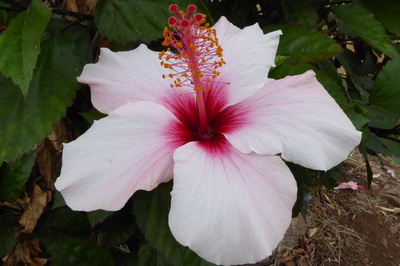
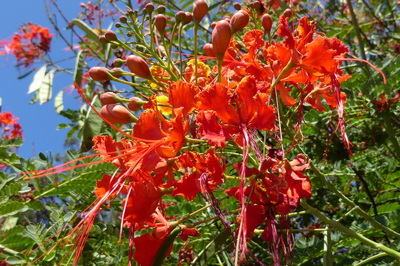
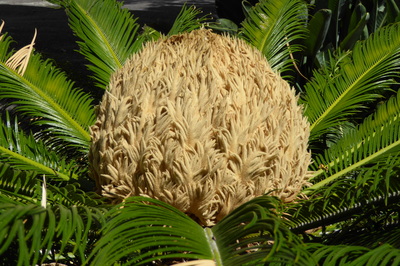
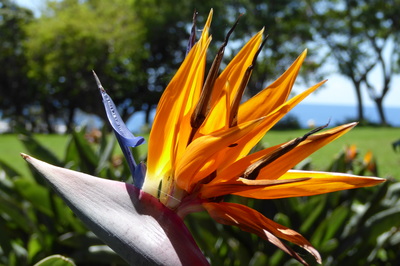
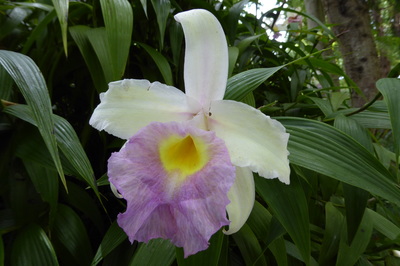
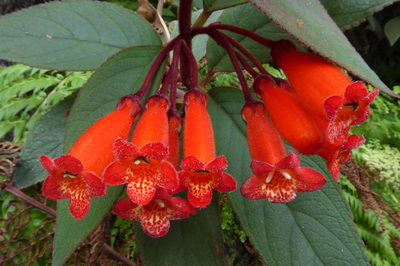
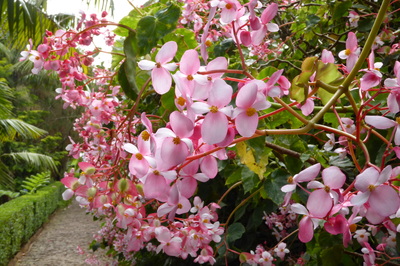
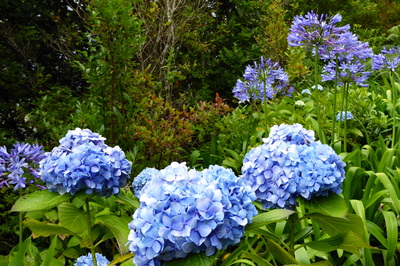
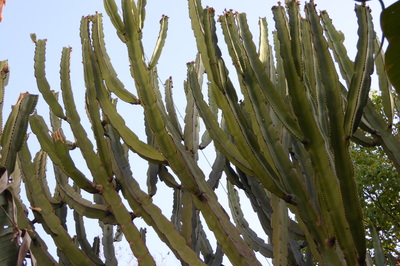
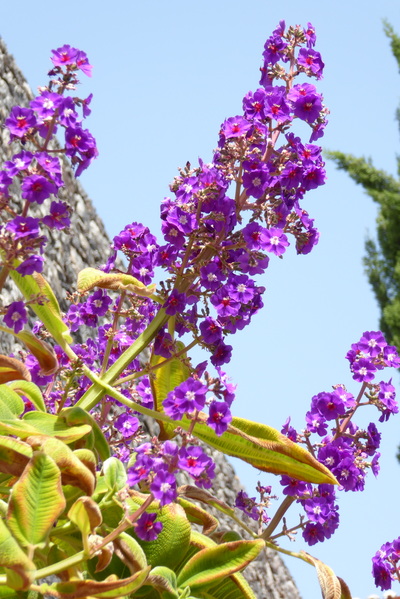
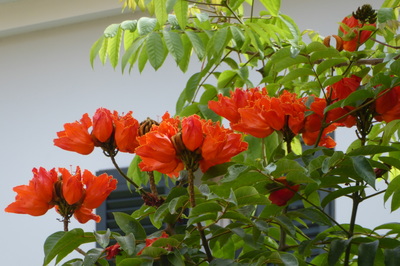
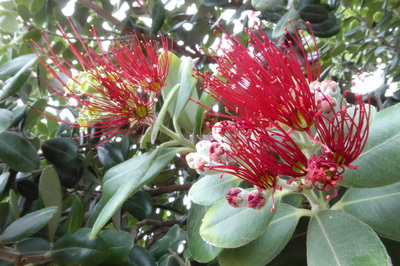
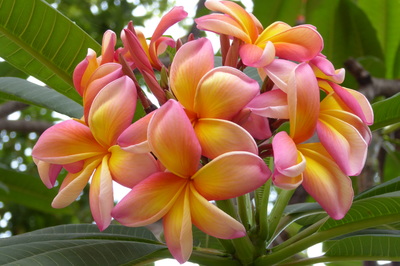
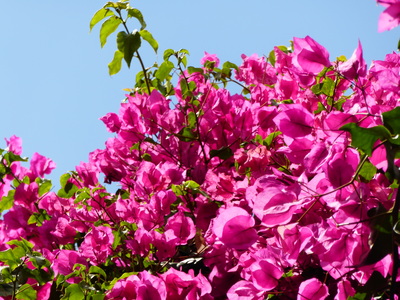
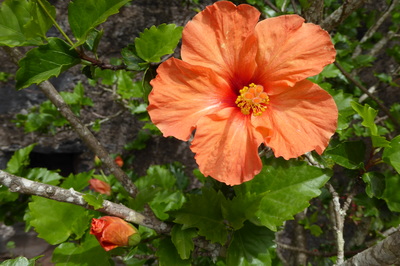
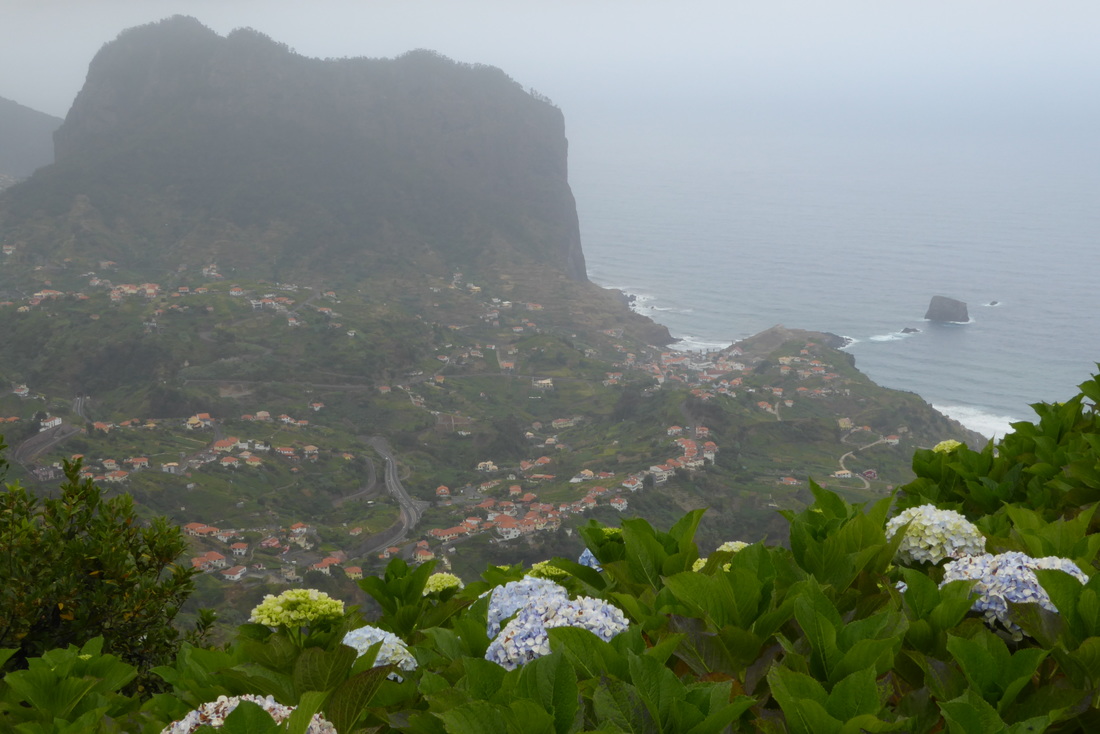
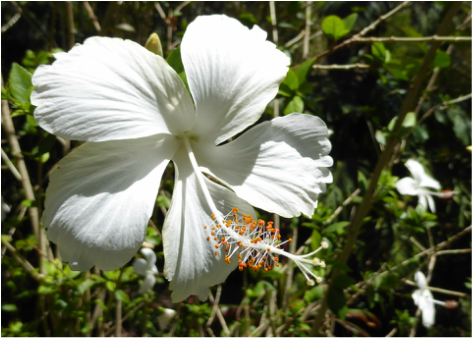
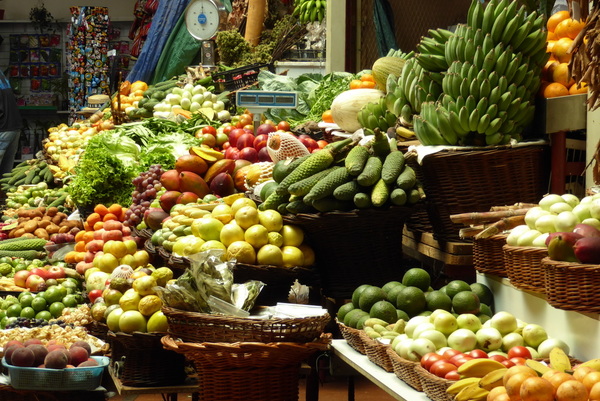
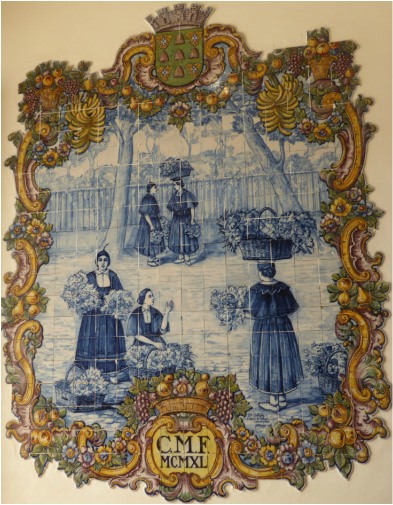
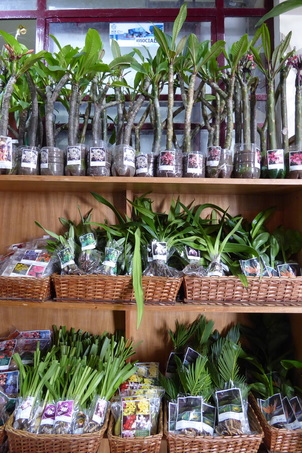
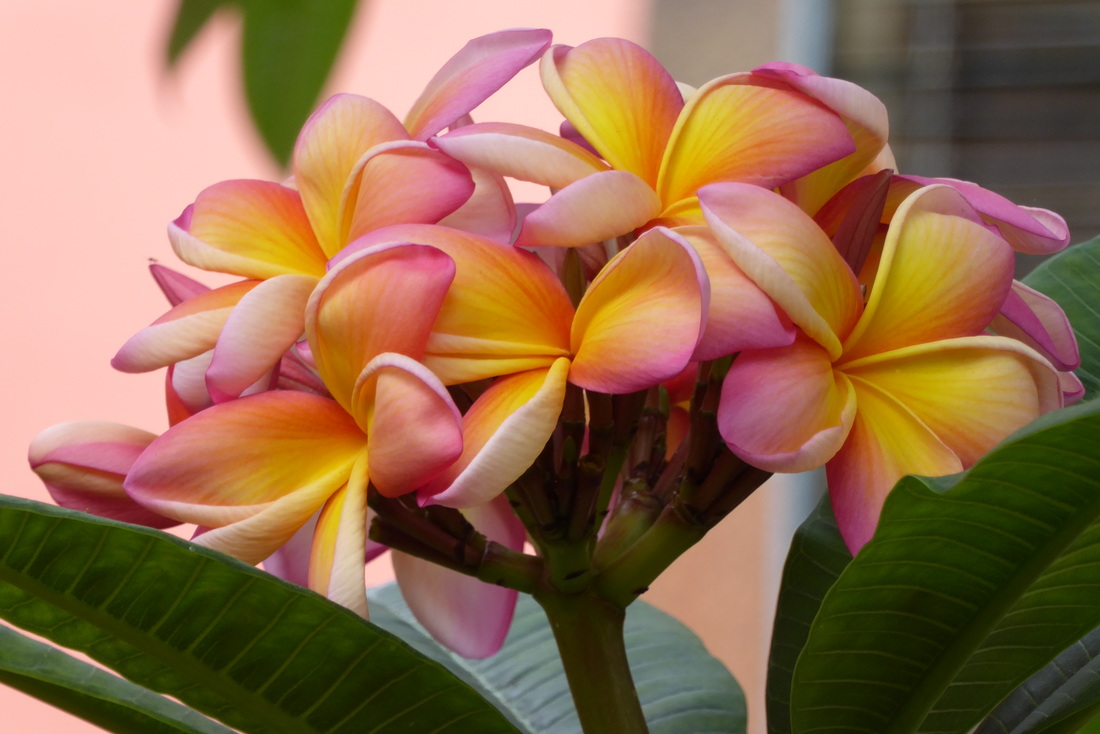
 RSS Feed
RSS Feed